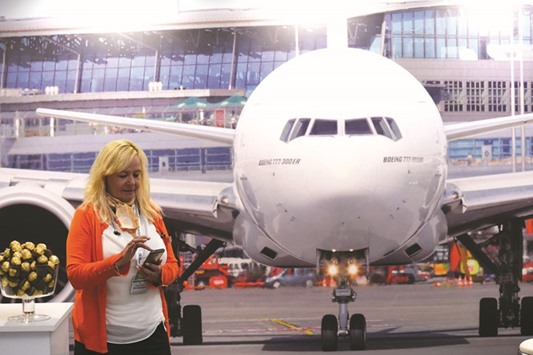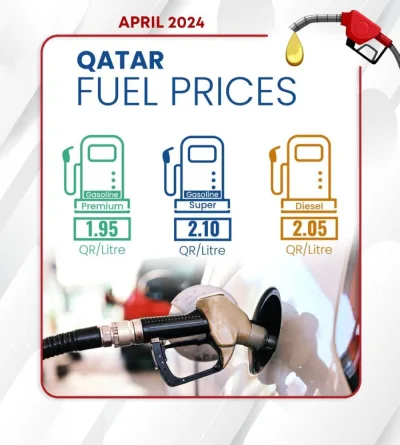For the first time since 2004, fuel bill will fall to less than 20% of airlines’ total operating costs this year, an IATA estimate shows.
IATA forecasts the airlines fuel bill will fall to $127bn, which will represent less than 20% of their total operating costs, for the first time since 2004.
Jet fuel prices have fallen substantially even as IATA has based its forecast on an average price of $55.4/barrel this year, and $45/b for the Brent crude oil price.
This year’s oil price average is based on the low start to the year and a rising profile to just above $50/b by the end of the year.
“The slow rise in prices is being driven by evidence that high-cost oil supply is now being cut back, and the realisation that inventories need to remain higher than before now that Opec’s buffer role has gone,” IATA said in its semi-annual report on the ‘Economic performance of the airline industry’.
IATA forecasts that fuel efficiency, in terms of capacity use — per available tonne kilometres (ATKs), will improve by 1.5% in 2016 as deliveries of new aircraft accelerate and fuel prices start to trend upwards slowly.
The annual average per RTK fuel efficiency improvement from 2009-14 currently stands at 2.4%, versus the 1.5% industry target. Continued fuel efficiency gains have partially decoupled CO2 emissions from expanding air transport services.
Without the expected fuel efficiency gain this year, fuel burn and CO2 emissions would be 1.5% higher in 2016. That represents a saving of over 12mn tonnes of CO2, as well as saving on fuel that would have cost the industry and its consumers an additional $1.8bn.
IATA noted that the air transport industry is on target to meet its goal of improving fuel efficiency by an average of 1.5% annually until 2020. Current analysis shows that on average the sector has improved fuel efficiency by 2.4% per year since 2009, a figure that is expected to normalise in the coming years.
“Investments in new aircraft are a major driver of fuel efficiency improvements,” IATA said.
In 2016, airlines are expected to take delivery of almost 1,900 new aircraft. About half are projected to replace less fuel-efficient older aircraft.
The industry remains committed to achieving carbon-neutral growth from 2020. This is in addition to a 1.5% average annual improvement in fuel-efficiency to 2020 and complements the long-term goal of cutting net emissions in half by 2050 (compared with 2005 levels), it said.
Business / Business
Airlines’ fuel bill to fall to less than 20% of total operating costs this year: IATA

An attendant at an information stand uses her mobile phone at the 2016 IATA Annual General Meeting and World Air Transport Summit in Dublin yesterday. IATA forecasts that fuel efficiency, in terms of capacity use per available tonne kilometres (ATKs), will improve by 1.5% in 2016 as deliveries of new aircraft accelerate and fuel prices start to trend upwards slowly.


